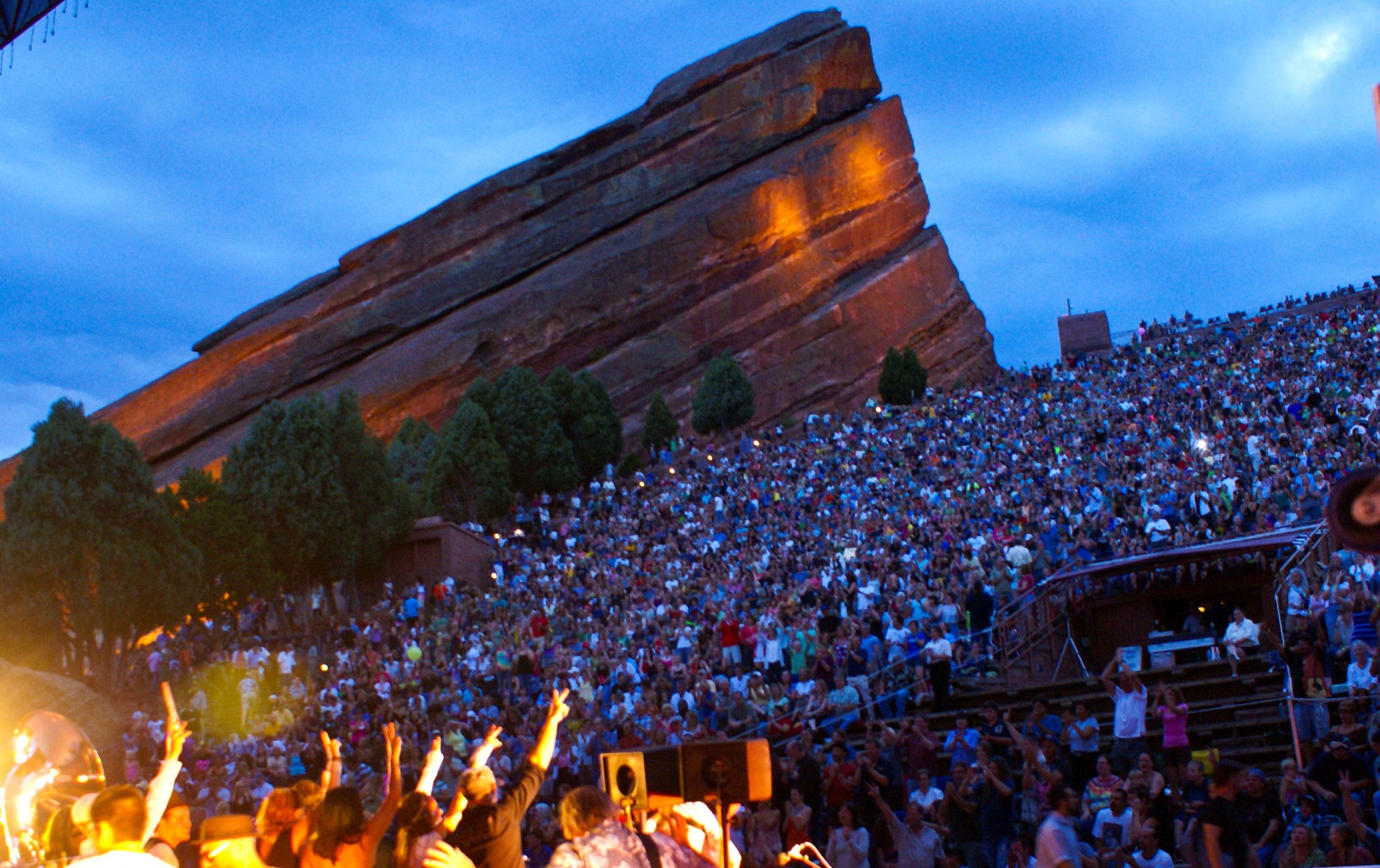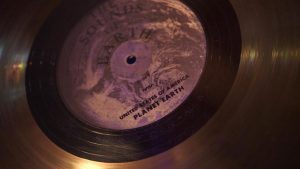The Voyager mission was only supposed to last four years. But four decades after the launch of Voyager 1 and 2, the spacecraft are still sending back messages from the farthest reaches of the final frontier.
When you think of legendary voyages of discovery you probably think of Columbus and Magellan, or Neil Armstrong walking on the moon. But what may be the greatest journey of exploration mankind has ever undertaken is happening right now. It began in 1977 when NASA launched two spacecraft named Voyager 1 & 2. The mission was only supposed to last four years, but now, 40 years later, against all odds, the two little spacecraft are still out there, traveling beyond the most distant planets in our solar system, reporting back on what they find. They’re the outer-space equivalents of the Little Engine that Could. Nothing manmade has ever traveled so long and so far, and as we first reported last year, wherever they go, they carry with them a message from earth for any other lifeforms that may find them.
When Voyager 1 & 2 took off in August and September of 1977, they had cameras and sensors and something no other spacecraft ever had — two golden records, filled with music.
“Johnny B. Goode” had no idea just how far he would go.
They’ve been going ever since. Giving us our first intimate views of the most distant planets in our solar system — Jupiter, Saturn, Uranus, Neptune and their distinctive moons. What the Voyagers found surprised scientists and made us think about our place in the universe in a whole new way. It was only possible because of a rare alignment of the planets.
Ed Stone: Once every 176 years Jupiter, Saturn, Uranus, and Neptune are lined up in such a manner you can swing by one onto the next time after time over a 12 year journey to get to Neptune. Normally it would take 30 years.
Anderson Cooper: So you lucked out?
Ed Stone: We lucked out. If this had happened, a decade earlier, we would not have had the technology to do it.
Ed Stone is the project scientist for Voyager. He’s 82 now, but was 36 when he first took the job at NASA’s Jet Propulsion Laboratory in California where the Voyagers were built. Each part was carefully designed and tested. But with the launch date fast-approaching, project manager John Casani and his team learned that the conditions near Jupiter might be much harsher than they expected. They needed extra protection for Voyagers’ cables – they needed a quick fix. Casani says they used aluminum foil.
Anderson Cooper: That doesn’t sound exactly high-tech.
John Casani: We woulda normally used metalized kapton, or mylar, or somethin’, you know, more appropriate But we didn’t have time.
Anderson Cooper: You just went to a store and got aluminum foil?
John Casani: Well, I didn’t know. I said, “Ask my wife. Where do you get aluminum foil?”
Anderson Cooper: And that’s part of what is on Voyager.
John Casani: Yes. Yeah.
As seen in the above NASA animation, the spacecraft, foil and all, reached Jupiter in 1979 and took the sharpest pictures of the planet scientists had ever seen.
Ed Stone: That’s the Great Red Spot.
Anderson Cooper: Wow.
It was known that Jupiter’s Great Red Spot was a massive storm larger than earth. What wasn’t known until the Voyagers arrived is that there are dozens of smaller, hurricane-like storms feeding into it. Jupiter’s moon Io held surprises as well. It didn’t have the cratered look of our moon. And a 25-year-old NASA engineer saw something on Io no else had.
Ed Stone: If you look off to the left of the picture, you’ll see an erupting volcano hundreds of miles high.
Anderson Cooper: The white and the blue light, that’s an erupting volcano?
Ed Stone: First active volcanoes other than here on Earth.
Anderson Cooper: How big a deal was that discovery?
Ed Stone: Well, it was a major deal because it really told us the solar system was much more dynamic than we had imagined. Each moon had a geologic history. They weren’t just old objects heavily cratered. They had a geologic life.
Next to Io — the moon Europa — similar in size but that’s about all.
Anderson Cooper: That looks like nothing else does.
Ed Stone: Yeah. Exactly. Suddenly we realized that, what I call our terra-centric view of the solar system was just much too constrained. I mean, nature was much more diverse than we could’ve imagined.
“Your smartphone has 240,000 times more memory than the Voyager spacecraft. And it has a computer which is 100,000 times faster than the Voyager computers.”
> > > > > > > > > >
Druyan was 27 years old at the time and had never worked on a record before. She was the one who insisted that Chuck Berry would get a ride into outer space.
Ann Druyan: It’s so great.
Anderson Cooper: Why Johnny B. Goode?
Ann Druyan: To me, Johnny B. Goode, rock and roll, was the music of motion, of moving, getting to someplace you’ve never been before and the odds are against you, but you want to go. That was Voyager.
Anderson Cooper: Do you imagine the extraterrestrials who discover this tappin’ their feet to Johnny B. Goode?
Ann Druyan: That was the joke on Saturday Night Live when Voyager was launched. You know, they broke in and said, “This just in from the extraterrestrials.”
The Voyagers haven’t found any extraterrestrials so far, but they have contributed to the search for life in space. Their observations of Jupiter’s moon Europa suggested there might be an ocean beneath its icy surface, which was later confirmed by another spacecraft, Galileo. Voyager 2 also sensed that something unusual was happening on Saturn’s moon Enceladus. Many years later, the Cassini spacecraft discovered geysers of water shooting above its surface.
> > > > > > > > > >
To celebrate reaching Neptune, the Jet Propulsion Lab had a party. Carl Sagan and Ann Druyan invited a surprise guest.
Anderson Cooper: You invited Chuck Berry.
Ann Druyan: Absolutely. And he came down the steps of the main building at JPL, no one knew he was coming.
Anderson Cooper: Did you dance?
Ann Druyan: I danced with Carl. Yeah.
You may have guessed it by now, but Ann Druyan and Carl Sagan fell in love while making the golden record. They got married in 1981.
Read the whole article below…
By Anderson Cooper
Original article contains explanatory videos:
https://www.cbsnews.com/news/60-minutes-the-little-spacecraft-that-could/


